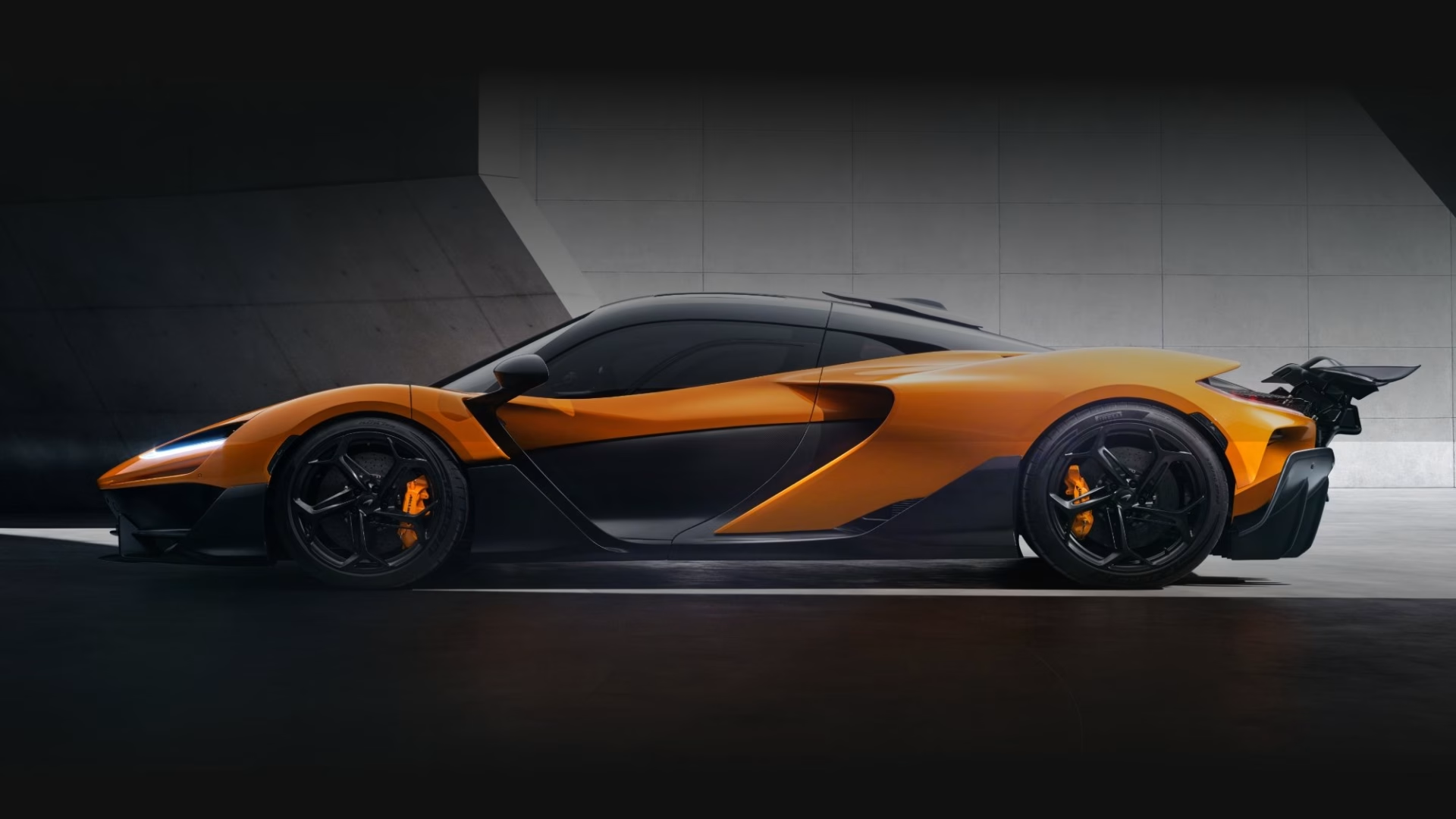McLaren: The Unrelenting Pursuit of Pure Performance
McLaren is a name that resonates with the sound of a Formula 1 car at full throttle. It is a brand forged in the intense, high-stakes world of elite motorsport, and that racing DNA is infused into the very core of every road car it builds. Unlike many rivals, McLaren is not a traditional luxury brand that decided to build a sports car; it is a world-championship-winning race team that decided to apply its engineering genius to the street. To drive a McLaren is to experience a level of precision, feedback, and aerodynamic mastery that can only come from decades of competing and winning at the highest level.
The Genesis: From a Racetrack to the Road
The McLaren story begins on the racetrack. The McLaren racing team was founded in 1963 by the brilliant New Zealand driver and engineer, Bruce McLaren. The team quickly became a dominant force in motorsport, achieving incredible success in Formula 1, the Indy 500, and the Can-Am series. While the team was a racing powerhouse, the official launch of McLaren Cars (now McLaren Automotive) as a production car manufacturer came with a singular, breathtaking creation in 1992. Headquartered in Woking, England, every McLaren road car is built in a futuristic, state-of-the-art facility that is a testament to the brand's commitment to technology and precision.
Core Philosophy: "Form Follows Function"
McLaren's core philosophy is a pure, engineering-led approach where "Form Follows Function." Every curve, every vent, and every surface on a McLaren is there for a reasonâto manage airflow, to increase downforce, to cool a component. This obsessive focus on functional design and lightweight technology is the brand's guiding principle. Key pillars of this philosophy include:
- The Carbon Fibre Monocoque: Since the iconic F1, every single McLaren road car has been built around an incredibly strong and ultra-lightweight carbon fiber chassis, a technology taken directly from Formula 1.
- Twin-Turbo V8 Power: The heart of most modern McLarens is a bespoke, high-revving twin-turbocharged V8 engine that delivers explosive, relentless performance.
- Hydraulic Steering: In an era of electric power steering, McLaren has famously stuck with a more traditional hydraulic steering system, providing the driver with an unmatched level of pure, unfiltered feedback from the road.
Defining Moments and Key Achievements
McLaren's history is defined by a legendary race car and a series of groundbreaking road cars.
- The McLaren F1 (1992): The car that created the "hypercar" category. The F1 was a technological masterpiece, featuring a central driving position, a gold-lined engine bay, and a naturally aspirated BMW V12 that propelled it to a record-breaking top speed of 240 mphâa record that stood for over a decade. It is still considered by many to be the greatest road car ever made.
- Formula 1 Dominance: With legendary drivers like Ayrton Senna and Alain Prost, McLaren became one of the most successful and iconic teams in the history of F1, providing an authentic and powerful performance heritage.
- The Launch of the MP4-12C (2011): This was the car that launched the modern McLaren Automotive. It introduced the brand's core technologiesâthe carbon "MonoCell" chassis and the twin-turbo V8âthat would form the basis for all its future series-production cars.
- The "Holy Trinity": The P1: The McLaren P1 was part of the "holy trinity" of hybrid hypercars (alongside the Ferrari LaFerrari and Porsche 918 Spyder). It used a hybrid system not for efficiency, but for brutal performance, showcasing the brand's mastery of advanced powertrain technology.
McLaren's Modern Market Position: The Leader in Race-Bred Supercars
Today, McLaren stands as a core pillar of the supercar world, offering a focused lineup of vehicles that are consistently praised for their incredible performance and driver engagement.
Vehicle Lineup and Target Audience
McLaren's modern lineup is organized into distinct series:
- Supercars (formerly Super Series): The heart of the brand, featuring the latest benchmark, the 750S, which has replaced the legendary 720S.
- GT: The more comfortable, "grand touring" model, the GTS, which is designed for long-distance comfort without sacrificing supercar performance.
- Hybrids: A new generation of high-performance hybrids, led by the innovative V6-powered Artura.
The brand's target audience is the hardcore driving purist, the track-day enthusiast, and the individual who values cutting-edge, motorsport-derived technology and a pure, uncompromised driving experience.
Key Differentiators and Competitive Advantages
Compared to its primary rivals, Ferrari and Lamborghini, McLaren's key differentiators are:
- Authentic Motorsport DNA: While Ferrari has a racing team, McLaren's road car division is a more direct offshoot of its F1 team, and this engineering-first, racing-led philosophy is evident in every car.
- The Carbon Fiber Tub: McLaren's commitment to using a carbon fiber monocoque in every single one of its cars, from the "entry-level" models to the hypercars, is a significant technological advantage.
- Purity of the Driving Experience: McLaren is often praised for offering the most communicative steering and the most precise, focused, and "pure" driving experience in the supercar class.
